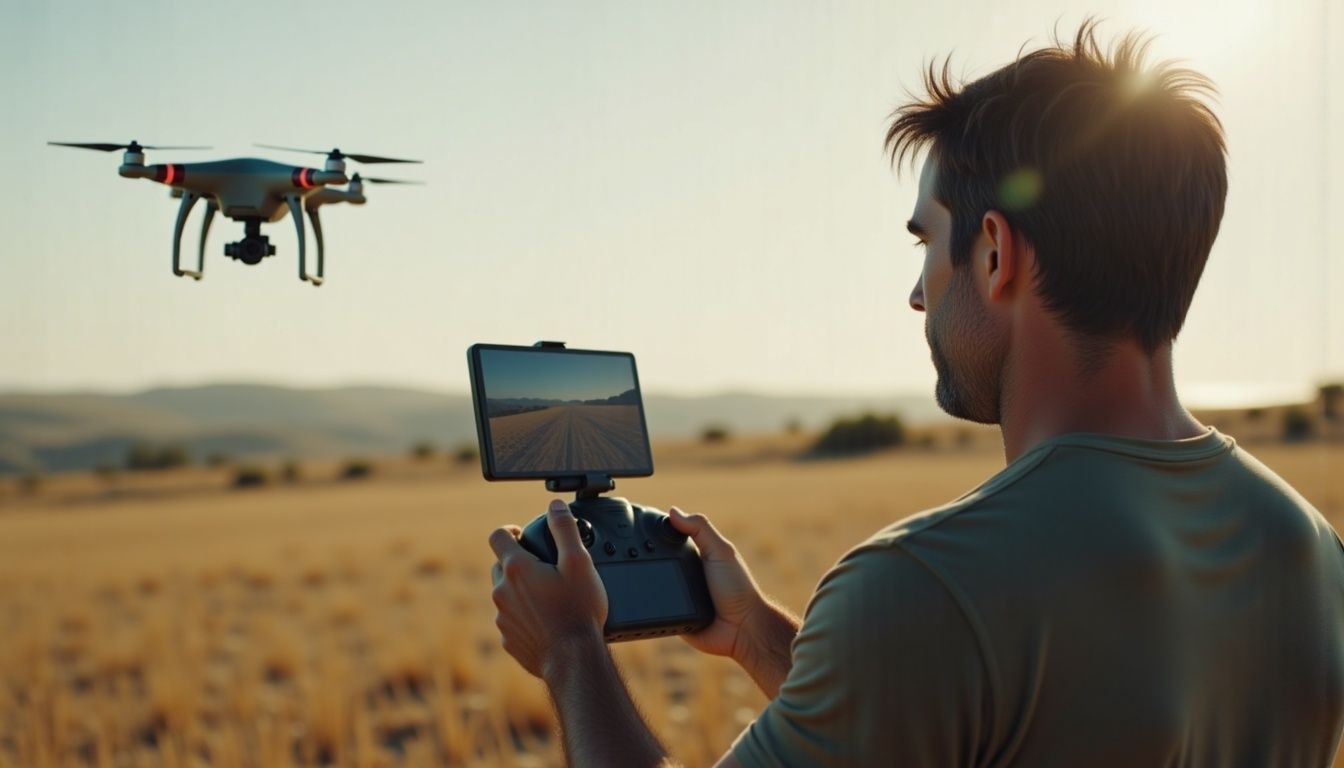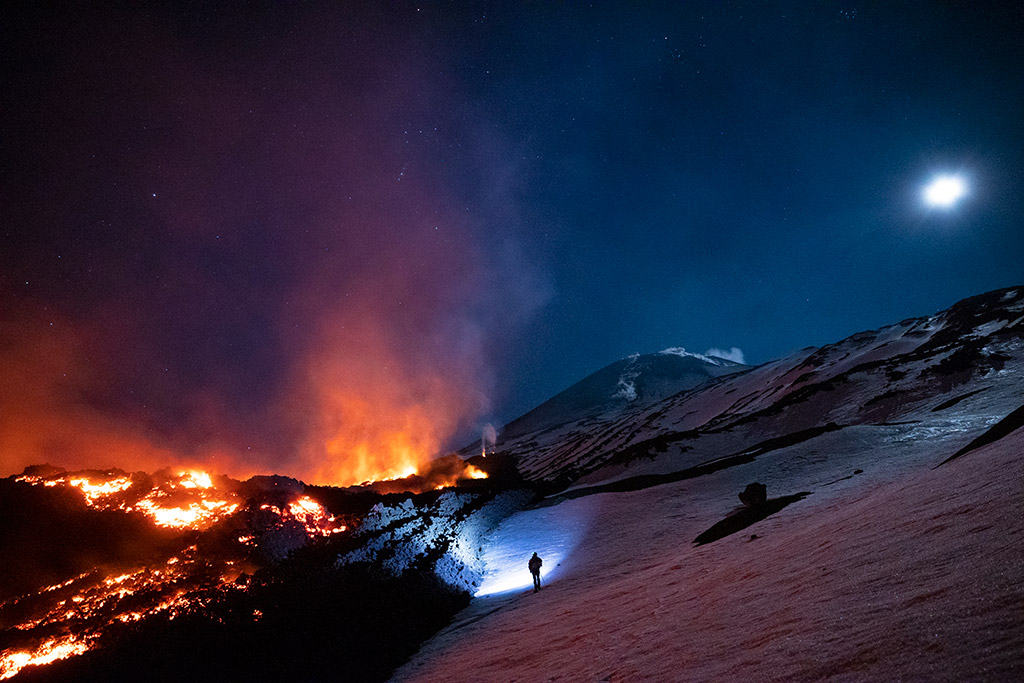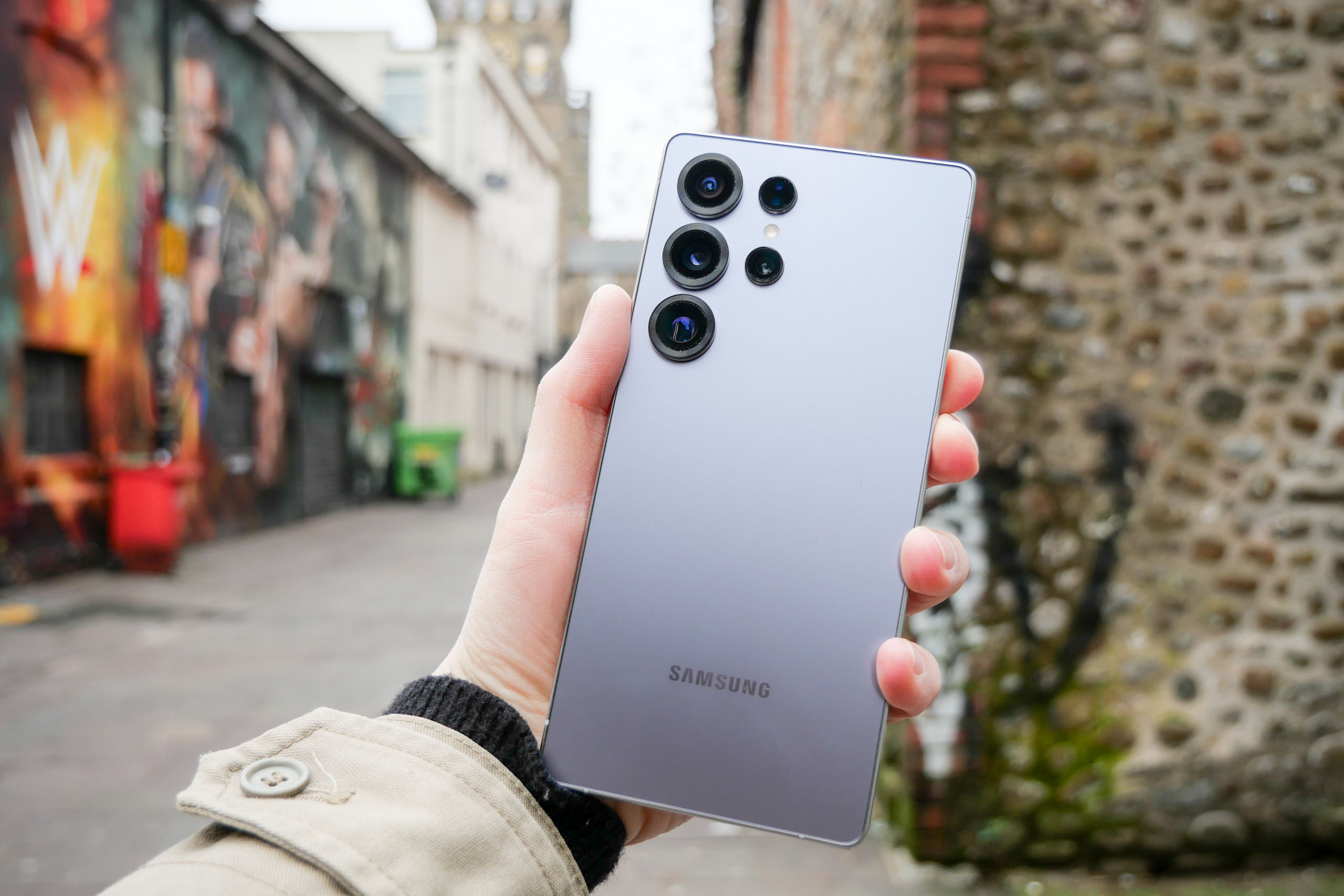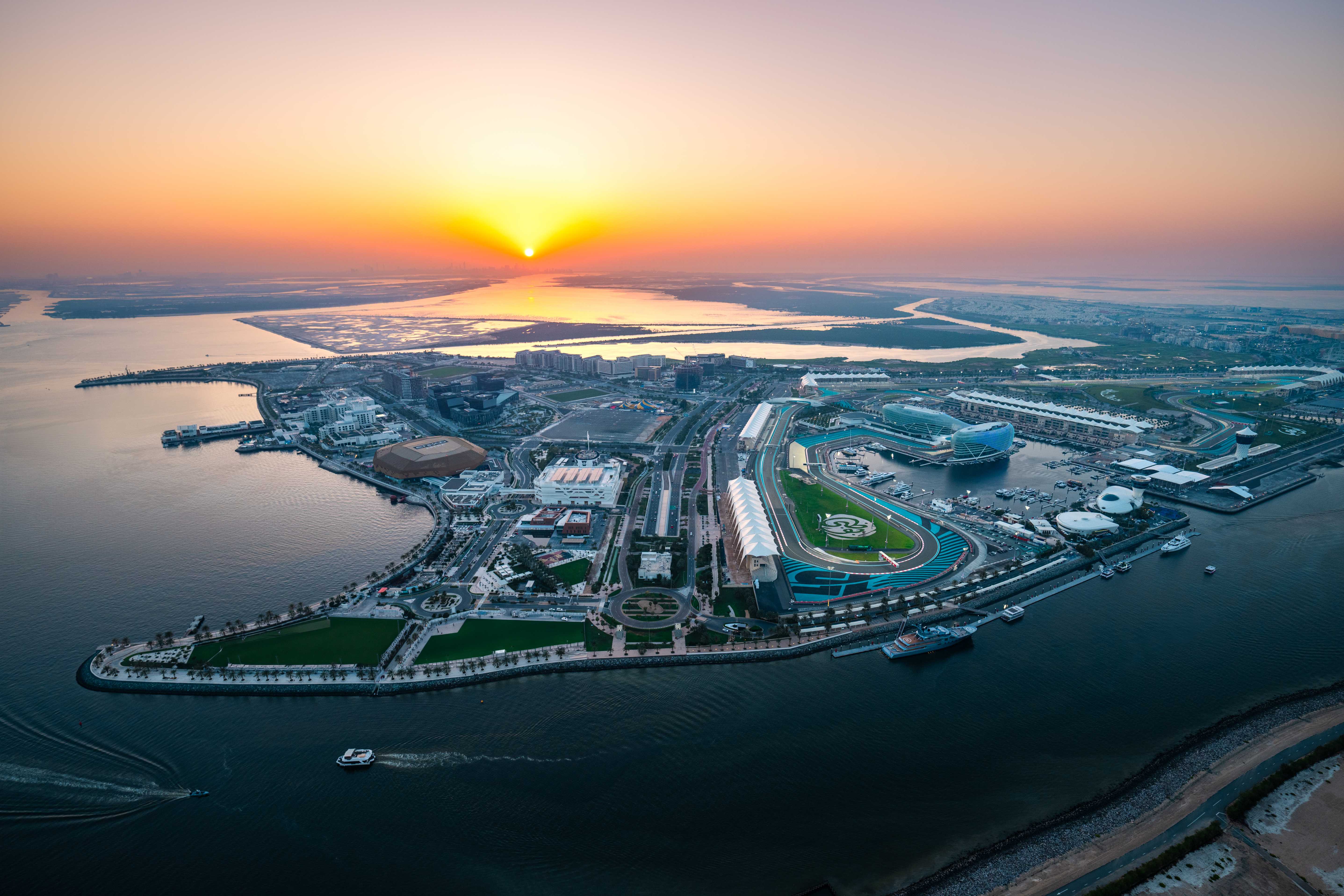How Aerial Photography Changed My Approach to Travel Photography

When I first took a camera on a trip, I dreamed of capturing the world from ground level—mountains, cities, the sea. But everything changed when I discovered quadrocopters. My name is Lev Mazaraki, and throughout my years as a travel photographer, I’ve tested dozens of models to see the planet from above.
This material is designed for travel photographers, videographers, and enthusiasts who want to master aerial photography—whether at the beginner level or looking to enhance content quality and broaden their creative toolkit. You’ll learn which features are especially crucial for aerial photography on the road, what to look for when choosing a device, and which trends are setting the tone for 2025.
First Steps: How Aerial Shooting Opened New Perspectives
My journey began in 2019. I bought a compact aircraft weighing under 250 grams. Why is that important? In most countries, such models don’t require registration, which makes them ideal for travel. I was filming the Algarve coastline in Portugal when I first saw how dramatically the landscape changes when viewed from above.
The device shot in JPEG, had a 12-megapixel camera and recorded video in Full HD at 30 frames per second. While this was enough for basic filming, the low bitrate and lack of RAW support limited post-processing flexibility. Still, it was a solid start. I recommend similar models for beginners—they’re lightweight, intuitive to operate, and won’t cause issues when crossing borders.
Iceland: Stepping Up to Semi-professional Gear
Two years later, I was in Iceland. By then, I had a a setup with a 20-megapixel camera, RAW capture, 4K video at 60 fps, and a bitrate over 100 Mbps. This was a whole new level—glaciers and volcanoes were captured with stunning detail. The three-axis stabilization allowed for smooth footage, even in strong wind.
RAW files opened the door to flexible editing—white balance, exposure, and dynamic range were fully under control. The field of view—around 84 degrees—offered a perfect balance between width and perspective. These specs are crucial if you want more than just top-down shots and aim for artistic depth.
The Alps: Shooting at the Edge of Technology and Art
By the time I reached the Alps in 2023, I had gone through multiple flying cameras—from early flights over coastlines to confident launches above icy peaks. But in these snow-covered mountains, bathed in sunset light, I finally felt I had found the balance between tech and creativity.
I was using a model with a 1-inch sensor, and it brought the visuals to life. I noticed how smoothly it handled gradients on slopes and how clearly it rendered shadow details. The sensor delivered a high dynamic range, and paired with 10-bit color, the footage had depth and density I had previously had to recreate in post.
Shooting in 5.1K at 50 fps became my new standard. It wasn’t just about resolution—it was the fluidity of motion, even in tricky angles. With a wide-angle view and strong stabilization, I could fly confidently through narrow canyons, while the obstacle avoidance system helped preserve shots I’d have missed before.
The obstacle detection system proved more than convenient—it was critical in glacial terrain. The controls became more responsive, and the interface became more intuitive. A strong zoom allowed me to capture remote villages in crisp detail without physically approaching them.
Night Shoots in Japan: A Breakthrough in My Practice
One of the biggest breakthroughs in my aerial work came with a night shoot in Japan. I used a flying camera with a high-resolution sensor (around 50 MP) and night shooting mode. It captured the soft glow of Kyoto’s temples, the lantern reflections on the river, and the textures of rooftops—even in low light.
It’s important that the equipment is moisture-resistant (e.g., rated IP43 or higher) and has a highly light-sensitive sensor. Only then can you be confident the shot will succeed—even in wind or light rain.
What Changed in 2025
Today, airborne aren’t just tools—they’re creative partners. Technology has advanced: AI features can track subjects, identify lighting, and even suggest angles. Although “a camera that finds the shot itself” still sounds like marketing, the latest models already offer solid composition options using AI.
Regulations have changed, too. In the EU and US, remote identification for such gear is now required—and travel photographers need to keep that in mind. In Russia, the rules are still more relaxed, but they’re tightening too. So pay attention not just to specs but also to the legal side.
What’s Next
I continue to explore panoramic modes and HDR video and test models with eco-friendly batteries. Some new releases already include 10x zoom and route-planning features via map.
If you’re just entering aerial photography, start small. Even a lightweight flying camera can shift your view on travel. The key is to see the shot and know how to capture it.
The world from above is closer than ever. And if one day you decide to see it from a different angle, aerial shooting gear will be your reliable companion.
link





:max_bytes(150000):strip_icc()/TAL-header-heidi-klum-celeb-check-in-HEIDIKLUMCCI0325-674f65bff413450a9aeee4543f15e1ee.jpg)
